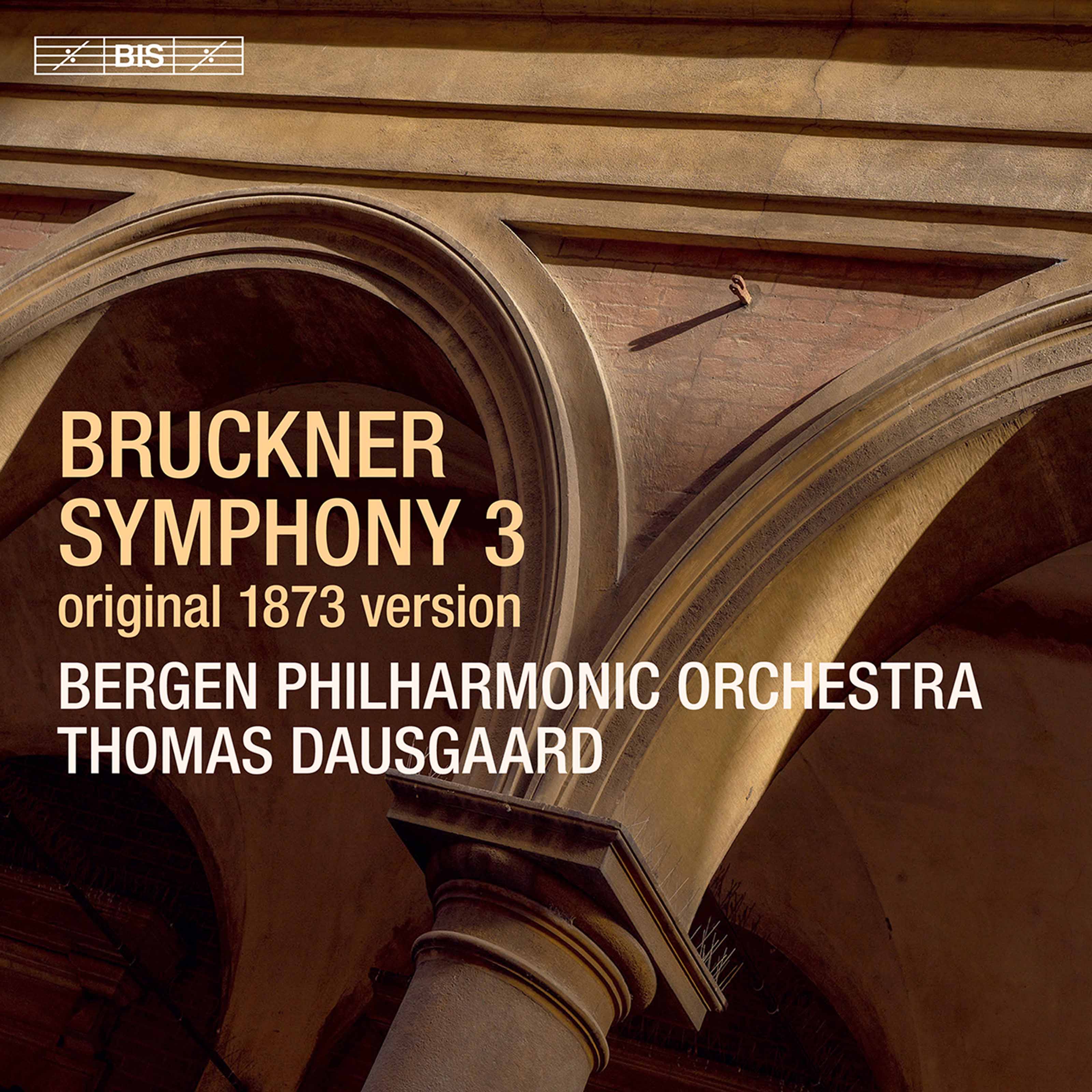Bruckner Symphony 3 in its Original Version
The Third Symphony has for too long been overshadowed by the Fourth ...

Previously we covered a Bruckner Third Symphony here on Classical Explorer from Mariss Jansons, in the third version of 1889. Here, Thomas Dausgaard conducts the original version of 1873 (in the Novak edition), composed in the aftermath of a visit to Bayreuth that year (and how we hear the Wagner references clearly in thsi version). There is also an "interim" version between these two recordings, that of 1877/78, but Dausgaard has firm reasons for his choice of the original:
The original version stands as a monolith … what you go through is musically so strong, swinging between timelessness and drive, despair and ecstasy, divine light and hellish fire, that in the end I feel you have to let yourself go and be won over by it
The Third Symphony is sometimes called the "Wagner" Symphony and listening to that glorious slow movement it is easy to hear why:
Teh first movement is caught in speactacular sound byteh BIS engineers, and Dausgaard's clear respect for the work shines through in every bar, not least in teh discipline he achieves from his Bergen players:
You may, of course, wish to compare and contrast not only approaches but also versions by alternating the sound sampleas here with those in the Jansons article.
Ther Bergen sound under Dausgaard has all the strength in the world but it is a tensile strength, which enables those trumpet figures in the first movement to register with patrticular effect.
The Scherzo here is a real whirlwind - I onder if I'm the only person of a certain age who thinks there's something Roald Dahl-ish about the swirling phrases on strings at the beginning?!:
The opening of teh finale seems to contain everything that is early Bruckner: it has the characteristics of repeated figures, but it seems more urgent than the later more expansive finales, especially in this highly tensile performance:
This is a highly persuasive account; the sheer happy-go-lucky lightness of much of the finale will come as a surprise to those used to the heavier side of this composer. It is good to have so many performances of this marvellous symphony: in live terms, I remember a particularly fine one by the Concertgebouw and Chailly back in the day. The Third Symphony has for too long been overshadowed by the Fourth; it also offers a spectrum of versions and revisions that offer much food for thought.
